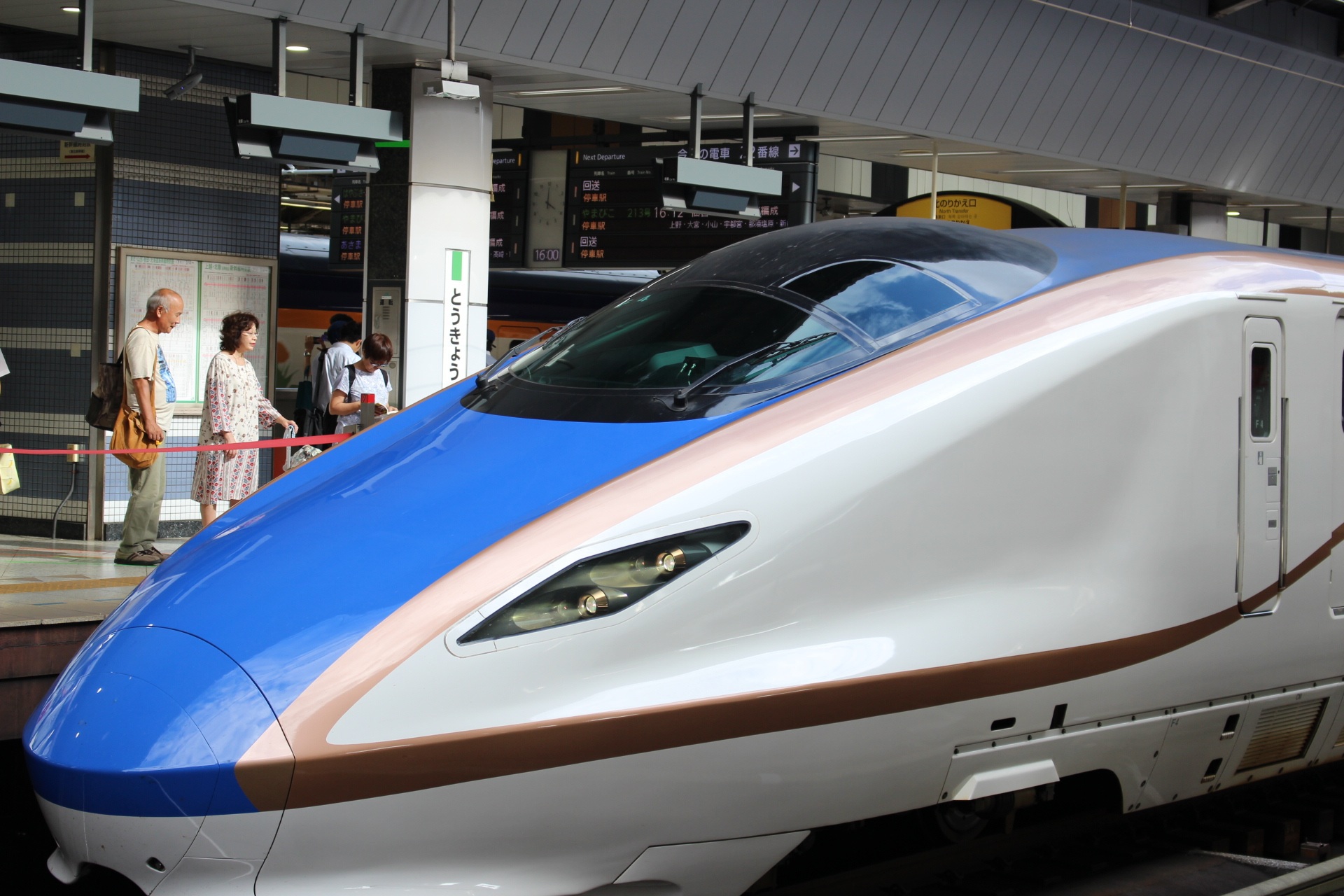The shinkansen: Japans beloved national icon is the essence of its innovation SPH Brightcove Video Japan is a world leader in rail innovation. The shinkansen far outpaces domestic air traffic in moving people across Japan 370 million passengers travelled by high-speed rail in 2019, as compared to 107 million by air. Nineteen-year-old Sougo Ito counts himself first as a train otaku (geek), then a pop idol with nine-member Japanese boyband Super Dragon.
His Instagram profile picture, of him decked out in a train conductor outfit, bears this out. He devotes most of his social media presence to his passion for trains both high-speed and local rather than his pop-star activities, and professes sadness at old trains being decommissioned.
Since I was little, I have been going to Tokyo station just to watch the shinkansen, he said. I fell in love with how it connects people together and bridges them with their hopes and dreams, by running every day and ferrying them to their destinations.
READ MORE HERE Battle for high-speed rail contracts hots up between Japan and China India picked Japan, while Indonesia chose China to build their countries first high-speed rail (HSR) lines.
Japan was the world pioneer in HSR technology when the shinkansen began service in 1964, connecting Tokyo and Osaka.
But India is only the second export destination of its HSR systems, coming after Taiwan, where there is now a 350km network with top speeds of 300kmh.
READ MORE HERE How Chinas high-speed rail network became the worlds largest Up till about 2008, rail travel in China consisted of ageing railways: slow and often uncomfortable trains that plodded their way across the sweeping countryside. A journey from Beijing to Shanghai could take up to half a day.
But in the 14 years since launching its first high-speed rail service a Beijing to Tianjin line to coincide with the Beijing Olympics China now boasts the worlds largest high-speed rail network with more than 40,000km of rail lines connecting all major cities.
Nearly three-quarters of these lines were built in the past decade, making the project one of Chinas most successful large-scale infrastructure ones.
READ MORE HERE Your browser does not support iframes, but you can use the following link: Link
